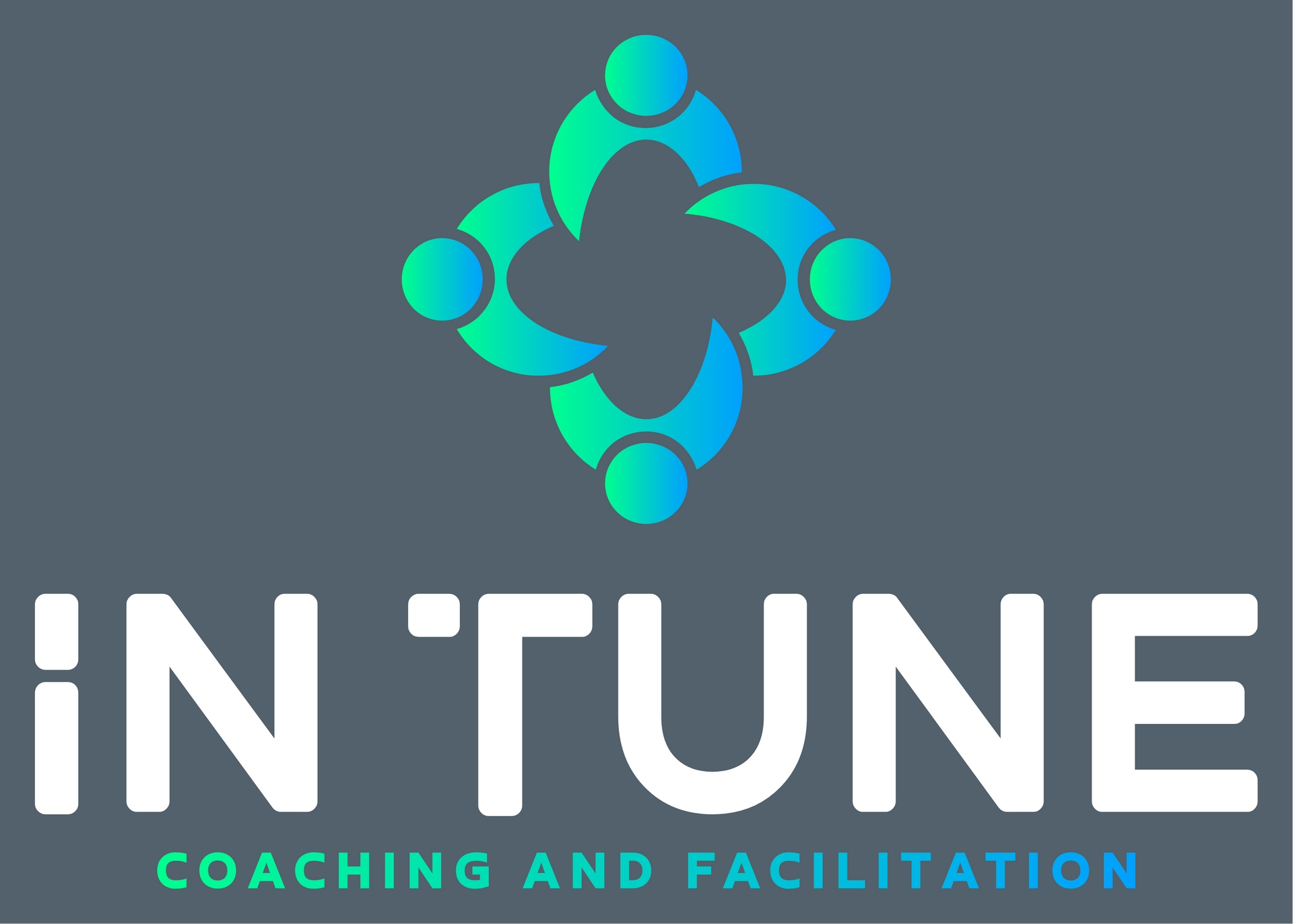Rest to Rise: A Playbook for Thriving at Work Without Burning Out
"To work without change or rest all year would have seemed unusual to most of our ancestors. Seasonality was deeply integrated into the human experience." - Cal Newport

In today's hustle culture, many professionals find themselves trapped in reactive cycles—endless emails, constant meetings, and a never-ending to-do list. But what if the key to breaking free and tapping into your true creative potential lies not in working harder but in working smarter? Alex Soojung-Kim Pang's Rest: Why You Get More Done When You Work Less reveals the transformative power of deliberate rest to shift from burnout-inducing busyness to a thriving creative mindset.
This playbook breaks down Rest's key concepts into actionable steps to help you prevent burnout, build creativity, and work with clarity and purpose.
Step 1: Prioritize Rest to Recharge Your Creativity
The Concept: Rest isn’t the absence of work—it’s an active, intentional practice that fuels creativity. Neurological studies show that downtime activates the brain's Default Mode Network (DMN), essential for creative problem-solving.
Action Plan:
- Schedule Daily Downtime: Add breaks to your calendar, such as a 10-minute walk or 15 minutes of quiet reflection.
- Leverage Sleep: Treat sleep as non-negotiable. Aim for 7–9 hours and experiment with power naps (10–20 minutes) to quickly recharge during the day.
- Integrate Micro-Moments of Rest: Pause between meetings to breathe, stretch, or simply step outside.
Outcome: You’ll give your brain the space to connect dots and generate fresh ideas while avoiding mental fatigue.
Step 2: Work Smarter with a Focus-Rest Rhythm
The Concept: Human attention has natural limits. Pang highlights the benefits of working in focused sprints—dedicating 4–5 hours to deep work followed by intentional breaks.
Action Plan:
- Adopt Time Blocking: Dedicate mornings to your most creative or critical tasks. Reserve afternoons for admin tasks or meetings.
- Apply the Pomodoro Technique: Work in 25-minute bursts with 5-minute breaks in between. After four cycles, take a 15–30 minute break.
- Set Boundaries for Reactive Work: Limit the time spent on emails and notifications to designated slots in your day.
Outcome: This rhythm ensures you work at your peak productivity while preventing burnout from extended, unfocused work sessions.
Step 3: Embrace Active Rest Through Hobbies
The Concept: Engaging in hobbies or physical activities outside work rejuvenates your mind, sparking creativity and improving problem-solving.
Action Plan:
- Find Your Creative Outlet: Commit to hobbies like painting, gardening, or playing music to engage your brain in a different way.
- Stay Physically Active: Incorporate walking, running, or yoga into your routine. Studies show exercise boosts cognitive flexibility and mental clarity.
- Unplug Regularly: Dedicate at least one evening a week to screen-free leisure.
Outcome: Hobbies and physical activity foster mental renewal, so you return to work with fresh energy and new ideas.
Step 4: Redefine Productivity to Include Rest
The Concept: Burnout stems from measuring productivity solely by hours worked. Pang advocates for a balanced approach where rest is a cornerstone of sustained success.
Action Plan:
- Set Daily Priorities: Define 1–3 key outcomes for each day to stay focused without overloading yourself.
- Redefine Success: Recognize rest as an integral part of achieving high performance, not a reward for it.
- Celebrate Small Wins: Acknowledge progress made, even on challenging days, to reinforce positive habits.
Outcome: You’ll create a sustainable cycle of achievement fueled by balance, not overexertion.
Step 5: Take Extended Breaks to Reset
The Concept: Vacations and extended downtime allow for deeper mental renewal and perspective shifts. Disconnecting from work helps reset your creative mindset.
Action Plan:
- Plan Quarterly Vacations: Even a long weekend can make a difference in reducing stress and improving focus.
- Disconnect Fully: Set boundaries for work communications during time off. Automate replies to manage expectations.
- Reflect During Breaks: Use downtime to revisit personal and professional goals, creating space for fresh perspectives.
Outcome: Regular breaks build resilience and prevent the chronic stress that leads to burnout.
From Reactive to Creative: A Mindset Shift
Integrating the principles of Rest into your daily routine transforms your work approach from reactive to creative. Instead of being stuck in a loop of urgent tasks, you’ll gain the clarity, energy, and inspiration needed to tackle challenges with purpose.
How This Framework Serves You:
- Prevents Burnout: By prioritizing rest, you’ll protect your mental and physical health.
- Fosters Innovation: With downtime, you’ll spark the creativity needed for breakthrough ideas.
- Promotes Fulfillment: You’ll achieve your goals without sacrificing your well-being or personal life.
Closing Thought:
Success isn’t about working harder—it’s about working smarter, with intentional effort and rest. By adopting Pang’s rest-centric framework, you can achieve more with less stress and unlock a new level of creativity and fulfillment.
Take the first step: Schedule your next break, find your rhythm, and embrace rest as your superpower.
Reading Recommendations to Deep Dive into Rest, Creativity, and Burnout Prevention
"Rest: Why You Get More Done When You Work Less" by Alex Soojung-Kim Pang (Check it out on Amazon*)
- The foundational book that redefines productivity and explores the transformative power of rest in achieving peak performance and creativity.
"Deep Work: Rules for Focused Success in a Distracted World" by Cal Newport (Check it out on Amazon*)
- A guide to mastering focus in a world of constant distractions and achieving meaningful results through intentional, deep work.
"The Power of Full Engagement: Managing Energy, Not Time, Is the Key to High Performance and Personal Renewal" by Jim Loehr and Tony Schwartz (Check it out on Amazon*)
- Learn how to manage energy, integrate rest, and balance life’s demands for sustainable high performance.
"Essentialism: The Disciplined Pursuit of Less" by Greg McKeown (Check it out on Amazon*)
- Discover the art of focusing on what truly matters and eliminating unnecessary distractions to improve clarity and productivity.
"Atomic Habits: An Easy & Proven Way to Build Good Habits & Break Bad Ones" by James Clear (Check it out on Amazon*)
- A practical guide for forming small, effective habits that support sustainable productivity and better balance.
"Burnout: The Secret to Unlocking the Stress Cycle" by Emily Nagoski and Amelia Nagoski (Check it out on Amazon*)
- A science-backed look at understanding and managing burnout, with actionable steps to complete the stress cycle and thrive.
"Flow: The Psychology of Optimal Experience" by Mihaly Csikszentmihalyi (Check it out on Amazon*)
- Explore the concept of flow and how engaging in activities that challenge and fulfill you can lead to peak performance and well-being.
* Note: As an Amazon Affiliate, I earn from qualifying purchases made through the links in this post. Thank you for supporting my work!
Stay Tuned with Tune In: Your Go-To for Inspiration and Personal Growth
Join the In Tune community and get exclusive updates on our latest blog posts straight to your inbox! ✨
From mindfulness tips to insights on living a more fulfilling life, we’ve got the tools to help you tune into your best self.
Sign up today and never miss a beat! 🎶




